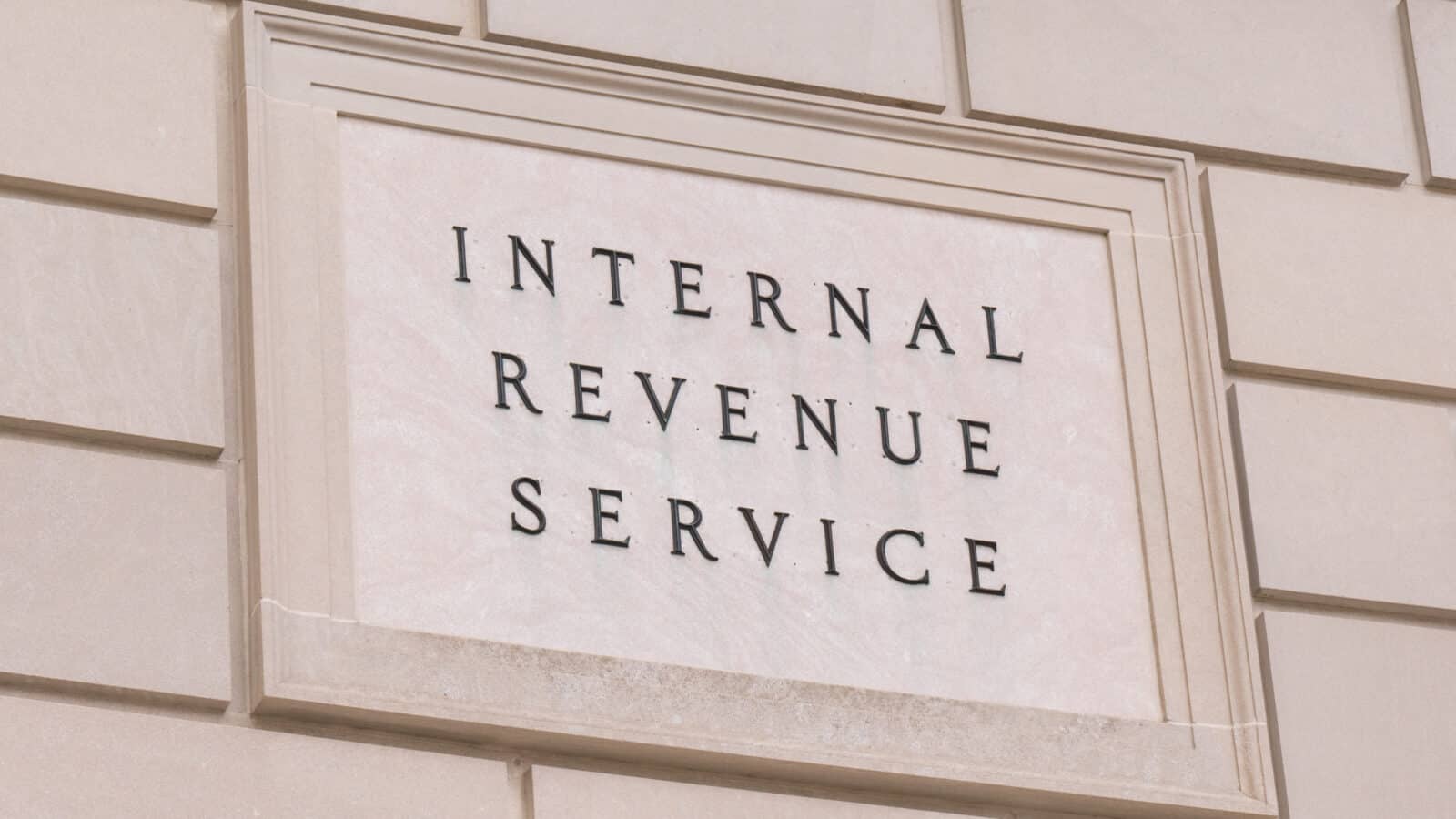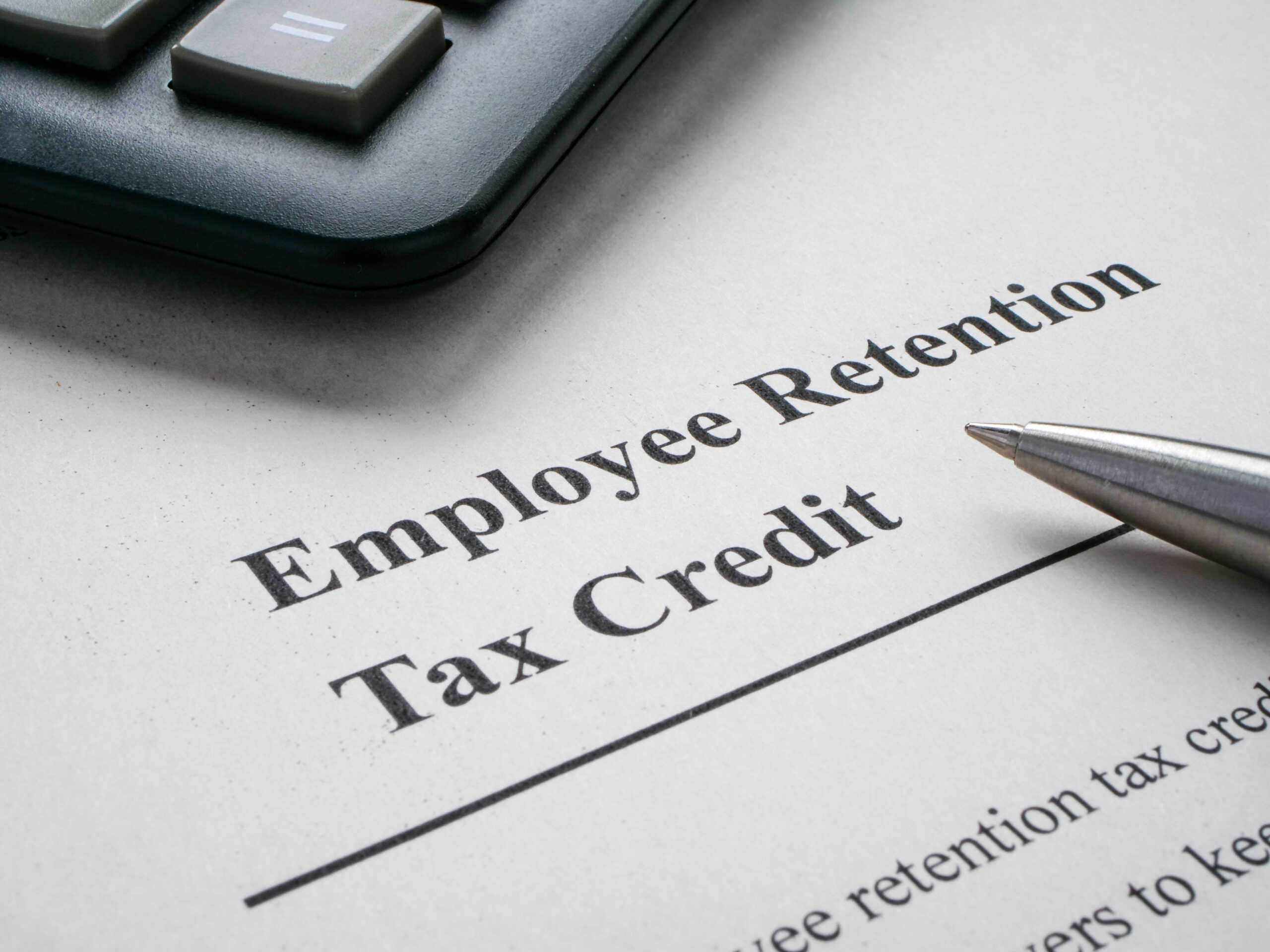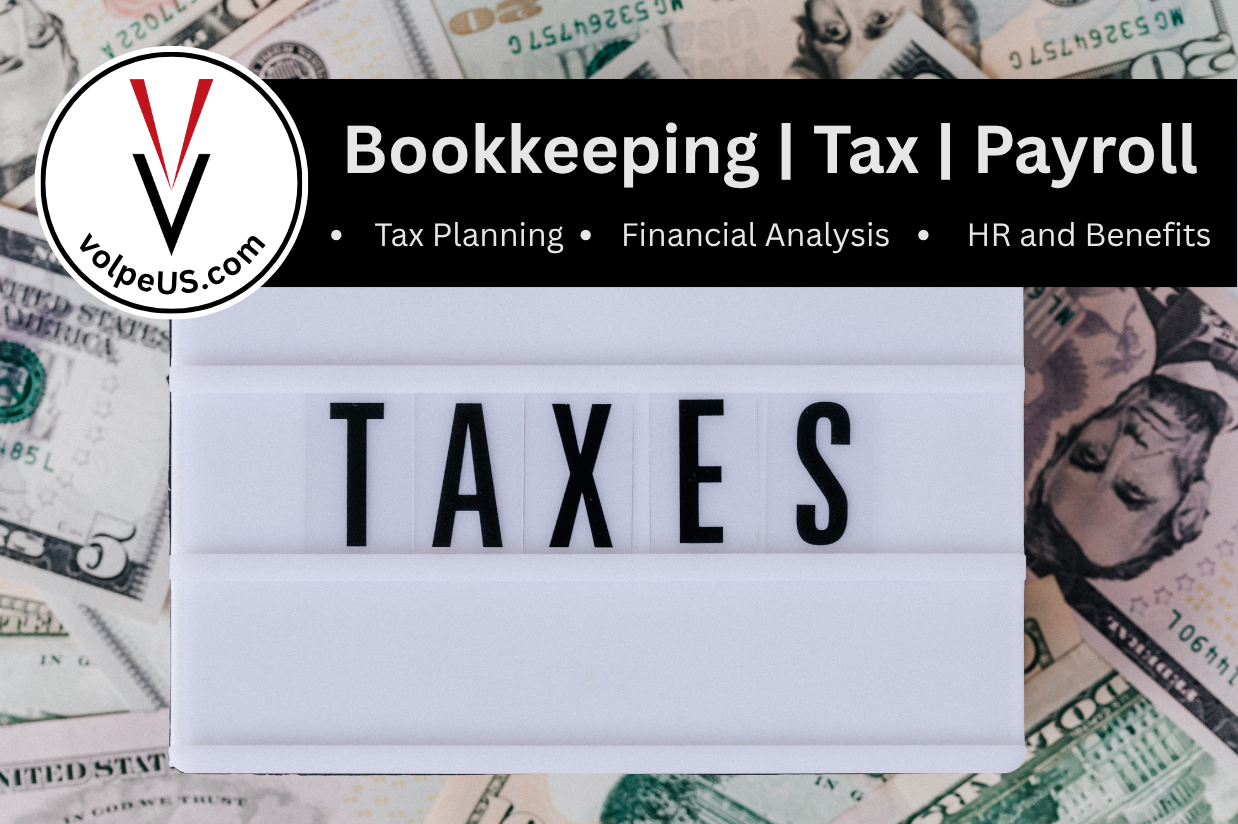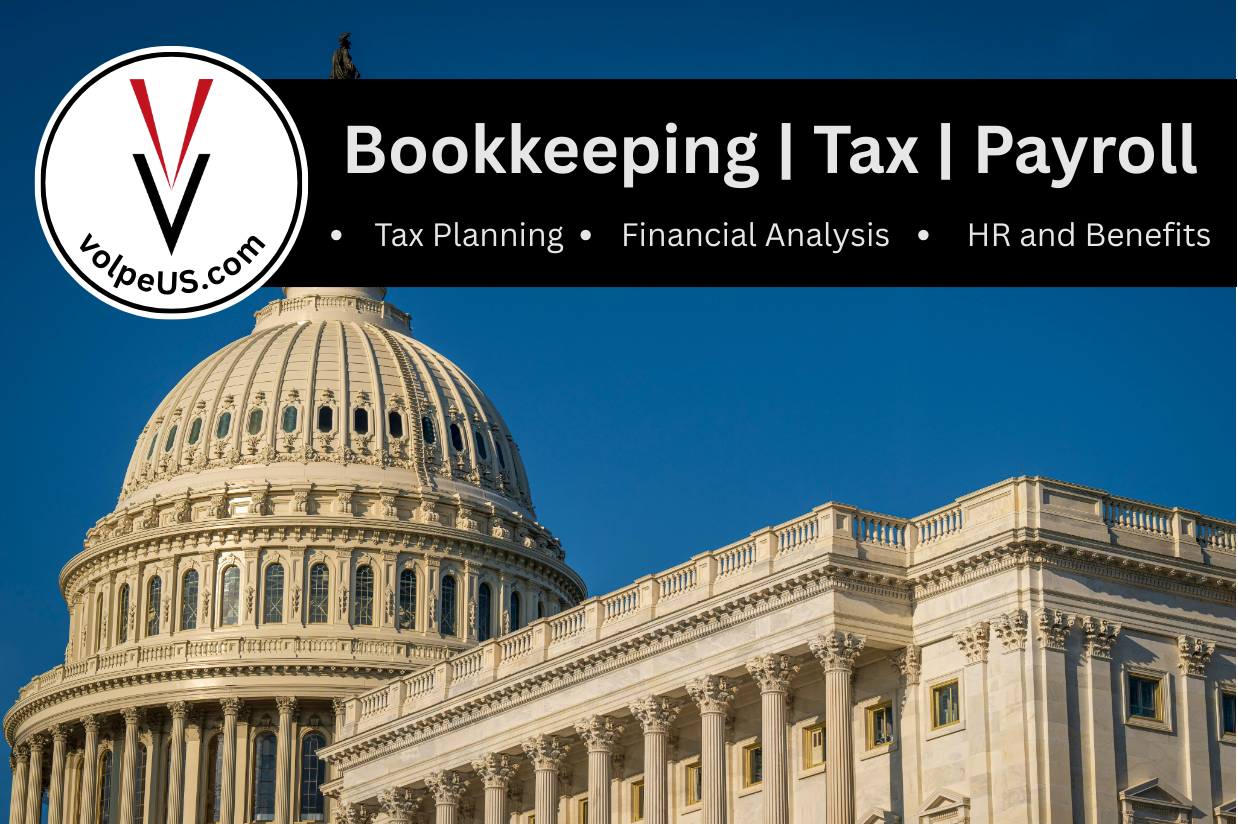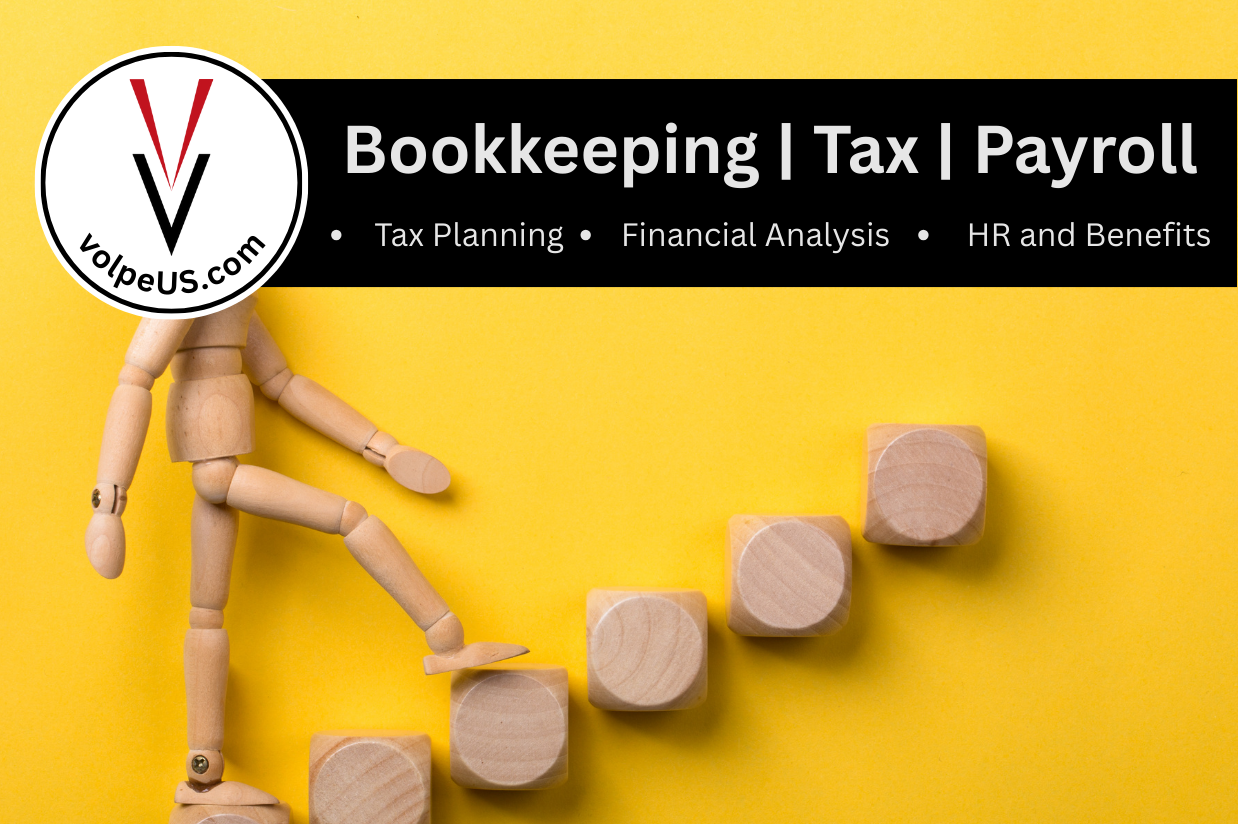Jump to a Specific Section
June 2024: IRS Releases an Update on the Employee Retention Credit | IR-2024-169
The IRS has released an update on its efforts concerning the Employee Retention Credit (ERC), highlighting significant concerns over the potential for improper claims.
This article summarizes the ERC, reviews the key points from the IRS news release, and discusses the 2023 moratorium, updates since the moratorium, the ERC Voluntary Disclosure Program (ERC-VDP), withdrawing a pending ERC claim, potential end dates (including legislative proposals), and the current status of the April 15, 2025, deadline.
Highlights:
- The IRS will resume processing low-risk claims submitted prior to the moratorium at a much slower speed compared to Summer 2023.
- The IRS will reject 10–20% of current claims considered high risk; the risk level of another 60–70% of claims are considered unacceptable and will undergo enhanced scrutiny.
- Check refunds are to resume Summer 2024 for claims submitted prior to the moratorium.
- The moratorium remains in effect to prevent new rounds of erroneous claims.
- IRS is continuously working with Congress to potentially close down new ERC claims entirely and to seek an extension to allow longer audit time.
- IRS may reopen the ERC-VDP program, albeit with less favorable terms than before.
Summary of the Employee Retention Credit (ERC)
The Employee Retention Credit is a refundable tax credit designed to help businesses retain employees during the COVID-19 pandemic. It is available to eligible employers who experienced a significant decline in gross receipts or were subject to a government-ordered shutdown. Initially, the ERC covered wages paid from March 13, 2020, to December 31, 2020, but was later extended through 2021.
2023 Moratorium on ERC Claims
On September 14th, 2023, the IRS announced a moratorium on processing new ERC claims to address the backlog and concerns about potential fraud. The moratorium was aimed at preventing fraudulent and erroneous claims while ensuring that legitimate claims were accurately processed.
Updates Since the Moratorium
Since the moratorium, the IRS has made progress in improving its review processes for claims:
- Enhanced Scrutiny: Increased focus on identifying high-risk claims.
- Audits and Reviews: Many claims are now subject to detailed audits to ensure compliance.
- Guidance and Education: Additional resources have been provided to help employers understand eligibility criteria.
- Technological Improvements: New technology has been implemented to better detect and prevent fraudulent claims.
ERC Voluntary Disclosure Program (ERC-VDP)
In addition to the moratorium, the IRS introduced the Employee Retention Credit Voluntary Disclosure Program (ERC-VDP) to assist businesses that may have improperly claimed the ERC. This program allowed employers to voluntarily disclose improper claims and avoid significant penalties by paying back only a percentage of the awarded credit.
Key Aspects of ERC-VDP:
- Voluntary Disclosure: Employers could withdraw pending claims or disclose improper claims without incurring significant penalties.
- Partial Repayment: Businesses needed to repay only 80% of the questionable ERC refund and keep 20%.
- Keep Interest Paid: ERC refund checks include interest (roughly 5–10% on average) on the tax overpayments being refunded. Businesses using the ERC-VDP program could keep the interest paid on their original claim even though they were paying back 80% of the refund.
- Penalty Waiver: Interest and penalties were waived for participants in the program.
- Identification of Advisors: Businesses must identify advisors who assisted in filing the erroneous ERC claims.
- Potential to Reopen: The ERC-VDP closed on March 22nd, 2024, but the IRS has indicated that they may reopen the program.
Withdraw an Employee Retention Credit Claim
Even though the ERC-VDP program is currently closed as of March 22nd, a business with a pending ERC claim that has not yet been processed or paid out can elect to withdraw their claim. The IRS will treat the claim as if it were never filed, and they will not impose any penalties or interest.
Key Aspects of ERC Withdrawal:
- You made your claim on an adjusted employment tax return (most commonly 941-X).
- You only filed the adjusted return to claim the Employee Retention Credit, and not for any other employment tax changes.
- You wish to withdraw the entire amount of your claim, not just part of it.
- The IRS has either not paid your claim, or you have received your refund check and have not yet cashed or deposited it.
- The withdrawal process is slightly different depending on your situation and the status of your claim. Be sure to become familiar with the IRS guidelines or reach out to a tax professional for assistance.
Legislative Developments and Potential End Dates
The most significant legislative development affecting the Employee Retention Credit is the proposed bill H.R. 7024, the “Tax Relief for American Families and Workers Act of 2024.” This bill, if enacted, would accelerate the ERC filing deadline to January 31st, 2024, ending the program earlier than previously scheduled.
Key Points of H.R. 7024:
- Accelerated Deadline: No new ERC claims would be permitted after January 31st, 2024.
- Extended Statute of Limitations: The statute of limitations for ERC assessments would be extended to six years.
- Increased Penalties: Higher penalties for those aiding in filing improper claims.
As of now, there are no other proposed deadlines apart from January 31st, 2024. However, businesses should stay alert to any updates or changes to the legislation.
Current Deadline Status
Despite the potential changes introduced by H.R. 7024, the April 15th, 2025 deadline remains in effect for filing legitimate Employee Retention Credit claims for eligible quarters in 2021. Employers should be aware of the possibility of the deadline being moved up to January 31st, 2024, pending legislative approval. If a claim is submitted after January 31st, 2024, but before the bill is officially enacted, the processing of these claims will depend on the final language of the legislation. Claims submitted before the legislation’s enactment are not automatically rejected under the current rules, which still state April 15th, 2025, as the deadline for 2021 claims.
Employers Interested in 2021 Claims
Below are some quotes to keep in mind from the most recent notice from the IRS:
“For those with no eligibility warning signs that were received prior to the last fall’s moratorium, the IRS will begin judiciously processing more of these claims.”
“The IRS anticipates some of the first payments in this group will go out later this summer. But the IRS emphasized these will go out at a dramatically slower pace than payments that went out during the pandemic period given the need for increased scrutiny.”
“As the additional IRS processing work begins at a measured pace, other claims will begin being paid later this summer following a final review.”
“The IRS also noted that generally the oldest claims will be worked first, and no claims submitted during the moratorium period will be processed at this time.”
“The IRS cautioned taxpayers who filed ERC claims that the process will take time, and the agency warned that processing speeds will not return to levels that occurred last summer.”
“The agency emphasized those with ERC claims should not call IRS toll-free lines because additional information is generally not available on these claims as processing work continues.”
“In light of the large inventory and the results of the ERC review, the IRS will keep the processing moratorium in place on ERC claims submitted after Sept. 14, 2023.”
“We will use this time to consult with Congress and seek additional help from them on the ERC program, including potentially closing down new claims entirely and seeking an extension of the statute of limitations to allow the agency more time to pursue improper claims.”
The Bottom Line
The IRS continues to work diligently to ensure the integrity of the Employee Retention Credit program while supporting legitimate claims. Employers should stay informed about ongoing developments and ensure they meet all eligibility and documentation requirements when filing a claim. The April 15th, 2025 deadline is technically still in effect, but potential legislative changes could accelerate this timeline.
Anyone considering submitting legitimate claims for eligible quarters in 2021 should be aware of the current pause on processing any claims submitted after September 14th, 2023. For further updates and guidance, visit the IRS website and review the latest information on the Employee Retention Credit.
